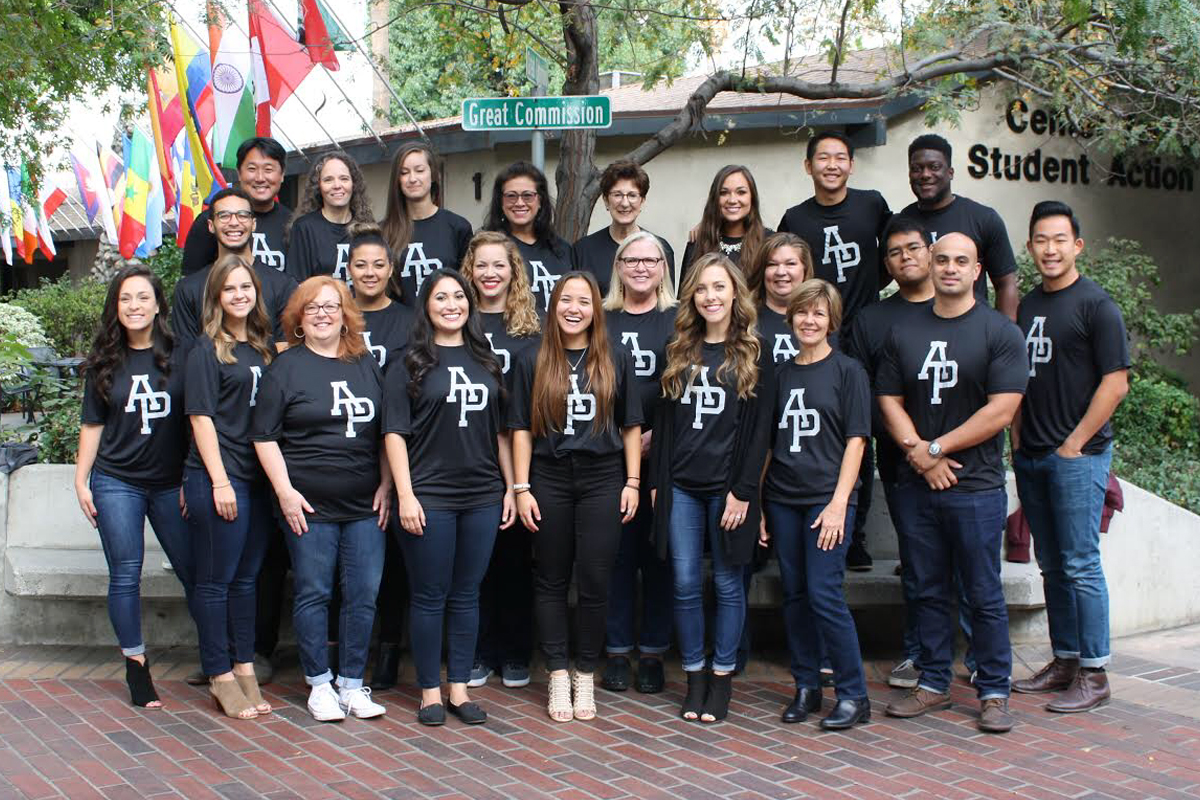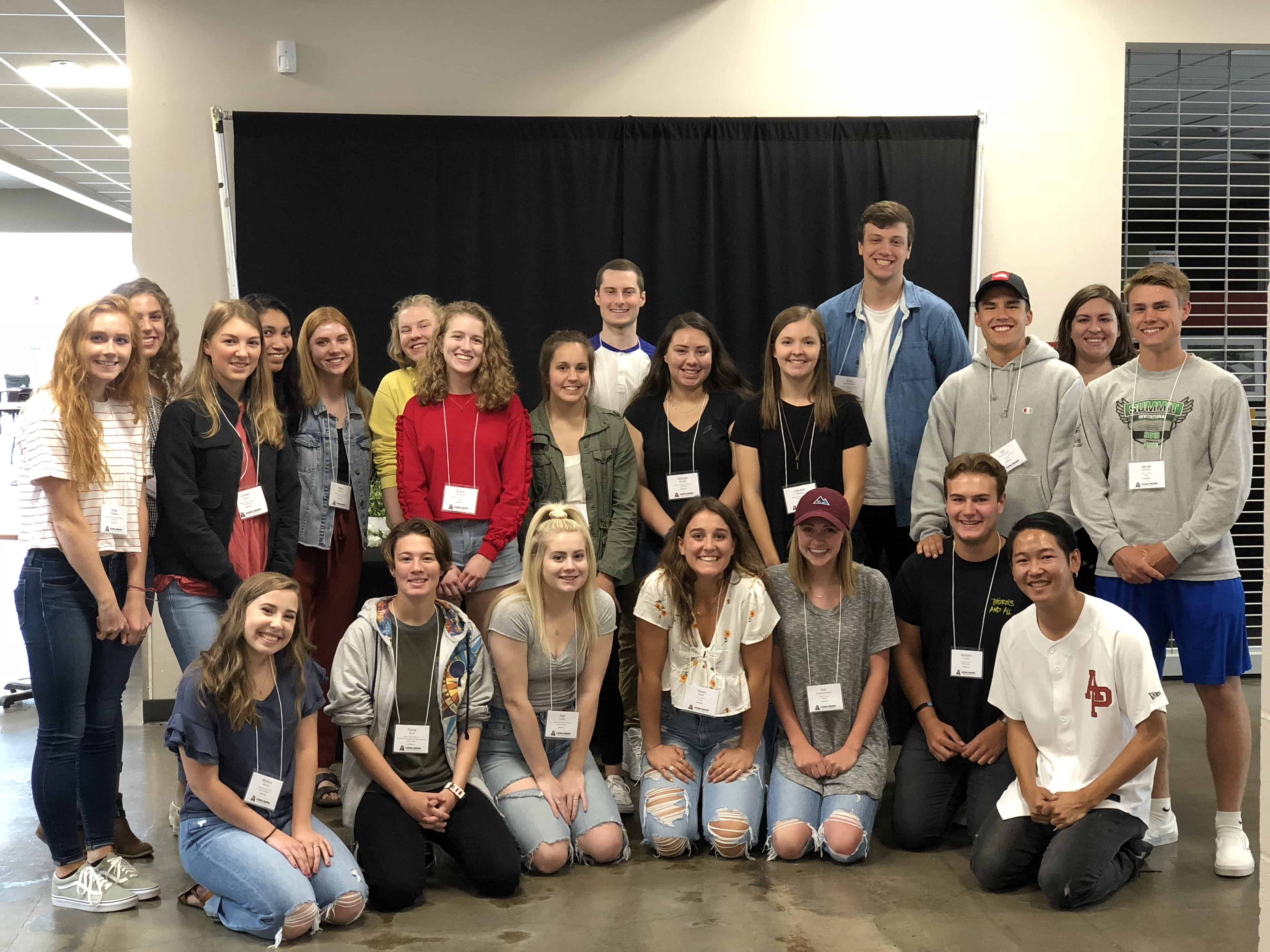Change Catalyst

CHANGE CATALYST
Change is full of uncertainty and vulnerability as well as an open door for new opportunities for transformation. In a changing world, change catalysts are passionately committed to ongoing personal transformation and lifelong learning. Their recognition for change often leads to effective management, candid communication, and patient adaptability amidst ambiguous situations. By intentionally seeking and identifying trends, challenges, and cultural dynamics, they can develop opportunities for intelligent risks, innovative approaches, and efficient resources and strategies for others to effectively embrace change. Having change catalysts as a part of any organization welcomes a positive pursuit toward personal transformation, healthy transition, and organizational change.
Choosing to be passionately committed to ongoing personal transformation and lifelong learning is the mark of a change agent. According to Quinn (1996), the author of Deep Change: Discovering the Leader Within, “To make deep personal change is to develop a new paradigm, a new self, one that is more effectively aligned with today’s realities…In doing so, we learn the paradoxical lesson that we can change the world only by changing ourselves” (p. 9). Their current pursuit for personal change and drawing out a deeper sense of meaning is drawn out by the reevaluation of the past, which “limits change to incremental rather than transformational effort” (Quinn, 1996, p. 93). As a result, deep change results in a reevaluation of meaning as ideologies behind the organizational culture is challenged while task alignment is personally affected, which incrementally transforms the organization. By implementing the Emotional Intelligence Action Plan, change catalysts are able to regularly commit to their personal transformation. Overall, developing emotional intelligence requires knowing the strategies needed to develop self-awareness, self-management, social awareness, and relationship management (Bradberry & Greaves, 2009). Finally, amidst the waves of change, it is essential to be anchored in both identity and purpose, which is often strengthened when change agents understand their vocation. According to Benner (2004), vocation is the theologically rooted word for what most people describe as calling, “a purpose of being that is grounded in God rather than in our self. Our vocation, like our self, can be understood only in relation to the One Who Calls” (p. 87). Frederick Buechner articulates, “the place God calls you to is the place where your deep gladness and the world’s deep hunger meet” (as cited in Benner, 2004, p. 88). Oftentimes, vocation is constantly understood as a blend of our job (the framework of a function), career (the function of what takes place in that framework), and calling (the fire the fuels the mundane of a function transforming it into the miraculous). Every person has the potential to change the world, but the price of that change is costly, and that challenge causes people to reevaluate their past to move forward into the future with a deeper sense of meaning and task alignment.
Throughout a constantly changing world with ambiguous situations, change agents lead healthy transitions with effective management, candid communication, and patient adaptability. Effective management starts with the understanding that change is a response to the speed of time, and whenever change becomes vulnerable, drastic, and comprehensive, it becomes deep change. According to Quinn (1996), deep change is discontinuous of the past and is generally irreversible existing of patterns of action and involves taking risks. That deep change requires a terrifying choice made to surrender control as the ongoing revival from a haunting slow death. By recognizing how people respond to change, change catalysts are able to cast a vision that could “break through all the forces that support the status quo and to encourage the kind of dramatic shifts found in successful transformations” (Kotter, 2012, p. 70). In many transformative efforts, the core of the old culture is not incompatible with the new vision. Therefore, there is a need to graft new practices onto old roots while removing inconsistencies requiring candid communication (Kotter, 2012). Any change takes time and transition, which according to William Bridges (2004) in his book, Transitions: Making Sense of Life’s Changes, consists of (1) an ending, (2) a neutral zone: a period of confusion and distress, and (3) a new beginning. Through the healthy transition, change agents are able to lead people with patient adaptability that serves the diversity process throughout the organization.
When change agents are committed to personal transformation and healthy transition, they are able to effectively lead organizational change by identifying trends, challenges, and cultural dynamics. Identifying trends starts with understanding both the quantitative and qualitative data that informs the need for organizational change. When a majority of the people in the organization is lacking internal (what the organization is like) and external (what the world is like) alignment, “the organization faces a choice: either adapt [through deep change] or take the road to slow death” (Quinn, 1996, p. 5). At the forefront of identifying the trends that unveil challenges, change agents engage that reality and lead out that organizational change. Kotter (2012), the author of Leading Change, has established an eight-step process, which is “a method designed to alter strategies, reengineer processes, or improve quality must address these barriers and address them well” (p. 22). Those eight steps are:
establishing a sense of urgency, creating a guiding coalition, developing a vision and strategy, communicating the change vision, empowering a broad base of people to take action, generating short-term wins, consolidating gains and producing even more change, and institutionalizing new approaches in the culture (p. 24).
As these eight steps are planned, established, and initiated, it is important for cultural dynamics to understood to better inform the overall change process. The Organizational Culture Assessment Instrument (OCAI) and the Competing Values Framework (Cameron & Quinn, 2011) are utilized to diagnose an organization’s culture to lead change. Overall, the OCAI is based on the Competing Values Framework, “a theoretical model that is now the dominant framework in the world for assessing organizational culture” (Cameron & Quinn, 2011, p. 35). Culture is defined by core values, assumptions, interpretations, and approaches consisting of two major dimensions that consist of four major culture clusters: “The first dimension consists of flexibility, discretion, and dynamism as well as stability, order, and control. While the second dimension consists of internal orientation, integration, and unity as well as external orientation, differentiation, and rivalry” (Cameron & Quinn, 2011, pp. 38-39). These dimensions and clusters characterize the organization and is reflected in four culture types: “the clan quadrant is also labeled the collaborate quadrant, the adhocracy quadrant is also labeled the create quadrant, the market quadrant is also labeled the compete quadrant, and the hierarchy quadrant is also labeled the control quadrant” (Cameron & Quinn, 2011, p. 41). Overall, the OCAI instrument diagnoses the dominant orientation of organizations and assists change catalysts with understanding cultural strength, type, and congruence (Cameron & Quinn, 2011). By understanding cultural dynamics, change catalysts are able to effectively develop solutions that address identified trends and adverse challenges throughout organizations.

As a change catalyst, I have the opportunity to come alongside students amidst one of the most exciting and exhilarating decisions in the course of a person’s life, which is college admissions. Amidst that decision, comes unforeseen challenges and barriers that often lead to a desperate cry for help and the need for a guide amidst the chaos. Oftentimes that chaos can consist of admissions counselors with a transactional approach, lack of accessibility to high education, and systematic relationship management with a sales reputation. While on the other hand, throughout higher education, the role of relationships in college admissions is influential in regaining access to higher education, and relationship management strategically empowers the impact of relationships. In the classes, Research Method (LDRS 592) and Applied Research (LDRS 593), I had the opportunity to explore these challenges and dynamics of college admissions while researching with sequential mixed methods to discover the effectiveness of the Memorandum of Understanding (MOU), a guaranteed admissions partnerships with local school districts. According to Walliman (2011), a mixed-methods approach consists of researching new knowledge that will utilize quantitative research to describe and explain results, while qualitative research will evaluate, compare, and correlate the variables of those results. Through this academic research on the effectiveness of this change initiative, the Memorandum of Understanding (MOU) is an effective relationship management strategy that increases the number of completed applications and admission into Azusa Pacific University through the servant leadership of admissions counselors. As a change catalyst, researched data-driven decision-making is essential for the longevity of change initiatives and the credibility of presented challenges, solutions, and execution.
By partnering with local communities through the Memorandum of Understanding (MOU), Azusa Pacific University continues its legacy of transforming communities by equipping and training difference-makers who are committed to making an impact in every sphere of society both locally and globally. Overall, this legacy and mission are also expressed and activated beyond California in communities throughout America such as the state of Washington. By understanding the culture of a community and the challenges that they face, contextualization becomes essential in knowing how to meet the needs of a diversity of students and families. In Washington, during students’ sophomore year, they have the opportunity to enter into an academic program called, “Running Start,” which allow Juniors and Seniors to have the opportunity to take college classes at a local community college in pursuit of earning Associates Degree by the time they graduate high school. These high achieving students enter into that transition often taking a risk while facing challenges with how their college credit transfers into the college or university they choose to attend. In 2018, I learned more about Running Start in Washington. I found that families and students were often frustrated with how admissions professionals were -unable to provide guidance in their planning process and their transfer credit. As a change catalyst who learned more about this context and challenge, it became my professional pursuit to propose a change and solution by effectively initiating Kotter’s eight steps for leading change. By establishing the urgency of this challenge, I was able to gather a guiding coalition of people who could solve the problem, cast a vision, and communicate the change that empowered people to eventually develop the first transfer articulations for community colleges in the Pacific Northwest. Once these articulations were created, they were ready to distribute. The following week I met with a family whose first question was, “Do you take Running Start college credits?” That family was blown away by the accuracy, knowledge, and professionalism of the explanation that led to exceeded expectations compared to five other visited universities, especially after receiving a transfer articulation that would assist them in planning the next academic year. In conclusion, learning these challenges through contextualization and effectively initiating change will increase applications from students, trust with Pacific Northwest college counselors, and regularly exceed expectations for both families and students.


Being a change agent requires an intentional effort to effectively and efficiently move people and organizations into a positive pursuit toward holistic transformation. As I move beyond the Masters in Leadership program, one of my goals is to continue research on the effectiveness of the Memorandum of Understanding by focusing on application to enrollment yield by August 2019. In addition, I have recognized that there is not a lot of training or professional development on change initiatives. Therefore, it is my goal to create a curriculum for interpersonal and organizational change development that leads to action in the workplace by 2020. Finally, another one of my goals is to develop a performance tracker for non-negotiable characteristics that can be utilized across various organizations. By achieving these various goals, I will cultivate a passion for change and consistency within people interpersonally and organizationally, which could activate considerate and conscious change agents.
References
Bradberry, T. & Greaves, J. (2009). Emotional intelligence 2.0 (Kindle Edition). TalentSmart.
Benner, David G. (2004). The gift of being yourself: The sacred call to self-discovery. (Kindle Edition). Retrieved from Amazon.com.
Bridges, W. (2004). Transitions: Making sense of life’s changes. (Kindle Edition). Retrieved from Amazon.com
Cameron, K. S., & Quinn, R. E. (2011). Diagnosing and changing organizational culture. San Francisco, CA: Jossey-Bass.
Kotter, J. P. (2012). Leading change. Boston, MA: Harvard Business Review Press.
Quinn, R. E. (2010). Deep change: Discovering the leader within (Vol. 378). John Wiley & Sons
Walliman, N. (2011). Research methods: The basics. London: Routledge.